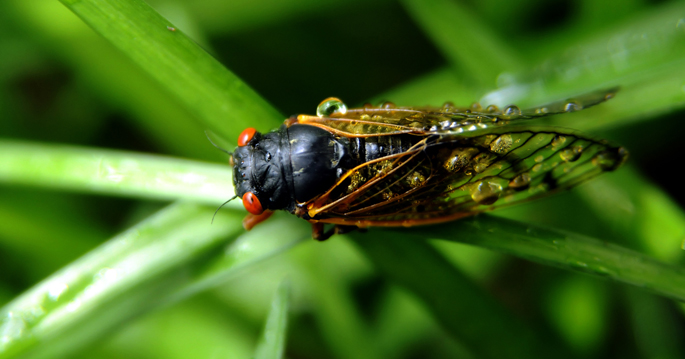
Dynamic interactions between biological structures – such as insect wings, fish fins, heart valves and human vocal folds – and the environment (air/liquid) around them are critical for their physiological functions. Computational modeling of fluid-structure interaction (FSI) for biological systems is challenging and has not been extensively explored.
Haoxiang Luo, Ph.D., Bernard Rousseau, Ph.D., and colleagues now present a numerical approach for the simulation of three-dimensional FSI involving large deformations. They applied the numerical method to two distinct problems. In the first, they performed a simulation of the cicada wing during tethered flight. In the second case, they modeled the vocal fold tissues using a hyper-elastic material and simulated the large-amplitude deformation of the vocal folds.
The findings, reported in the Feb. 1 Journal of Computational Physics, show that the numerical method is versatile and is well suited for modeling a range of biological FSI systems. In the case of the vocal folds, such modeling could aid in the design of better treatments for voice disorders.
This research was supported by the National Science Foundation (CBET-0954381, CBET-1066962) and by the National Institutes of Health (DC011338). Computing resources were provided by NSF XSEDE and Vanderbilt ACCRE.
Send suggestions for articles to highlight in Aliquots and any other feedback about the column to aliquots@vanderbilt.edu















